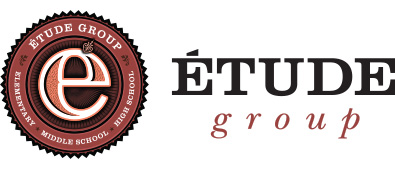While the notion of abstract thought scares many people away from mathematics, an important realization that most people gloss over is that these abstract thoughts come from real world problems. Consider this: one of the very first prototypes of the violin was created not by a musician, but by a mathematician (specifically Pythagorus, the triangle loving Greecian cult leader that plagues every geometry text book known to man). While the idea for the instrument requires a certain amount of musical creativity and innovation, the specifics of any instrument, and how to make them actually function properly, works its way through math, then physics and then a bit of the other sciences to boot.
Mathematics at the Mosaic School embraces these seemingly overwhelming concepts by approaching them through real world problems. As an example, students may look towards something like building a guitar and wonder how we know where to put the frets (the metal bumpy things on the neck). Now an average math class may spend a week studying formulas, looking at various graphs, and then seeing if any of it sticks to instrument building as an after thought. At Mosaic, we reverse the order: study various different guitars, look at the distances between the frets, collect data, and see if a pattern arises from this process.
Through this method of study, students gain a deeper understanding of the concepts that fill the average text book, learning the same material but at a more profound level. A focus on concepts drives the class and allows students to develop skills from a foundation of knowledge, as opposed to rooting out ideas from a collection of skills. From their, students will truly own their understanding of math and be able to apply this knowledge into high school, college, and beyond.

